
Flooded area after heavy rains in Nairobi, Kenya, April 24, 2024.
Schools were originally scheduled to reopen on April 29, after the mid-term break, but torrential rains have affected many educational establishments, forcing the Ministry of Education to order schools to remain closed.
Speaking to reporters, Education Minister Ezekiel Machogu said heavy rains had severely damaged some schools, making face-to-face teaching impossible for the safety of teachers and students. The ministry has decided to postpone the reopening of all primary and secondary schools for a week, until May 6.
Since March, the El Niño phenomenon has brought unusually heavy rains to Kenya, killing 76 people. Flash floods have submerged roads and neighborhoods, displacing more than 130,000 people in 24,000 households, many of them in the capital Nairobi, according to government figures released on April 27. Sixty-four schools in Nairobi, about 30 percent of all public schools, have been severely damaged by the floods.

Flooding in Bujumbura, Burundi on April 19, 2024.
Floods have also wreaked havoc across neighboring Tanzania. In recent weeks, Tanzania has reported at least 155 deaths and more than 230 injuries from flash floods. In Burundi, one of the world’s poorest countries, some 96,000 people have fled their homes due to months of heavy rain. Uganda has also been hit by severe storms that have caused rivers to overflow. Two people have died from the floods and hundreds of villagers have been evacuated.
Late last year, more than 300 people died in floods in Kenya, Somalia and Ethiopia, at a time when the region was struggling to recover from its worst drought in four decades that left millions hungry.
El Nino is a natural climate pattern caused by unusually warm waters in the eastern Pacific Ocean. It occurs when trade winds blowing from east to west along the equatorial Pacific Ocean slow or reverse as air pressure changes. El Nino causes drought in some parts of the world, while other parts experience heavy rains.
Source





![[Photo] Prime Minister Pham Minh Chinh launched a peak emulation campaign to achieve achievements in celebration of the 14th National Party Congress](https://vphoto.vietnam.vn/thumb/1200x675/vietnam/resource/IMAGE/2025/10/5/8869ec5cdbc740f58fbf2ae73f065076)

![[Photo] Prime Minister Pham Minh Chinh chairs the Government's online conference with localities](https://vphoto.vietnam.vn/thumb/1200x675/vietnam/resource/IMAGE/2025/10/5/264793cfb4404c63a701d235ff43e1bd)


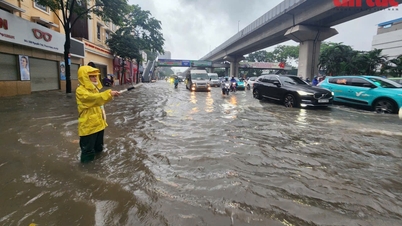


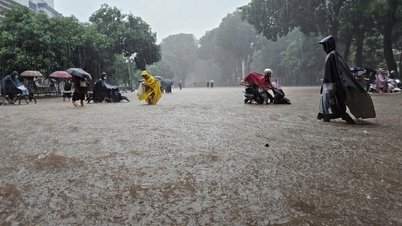




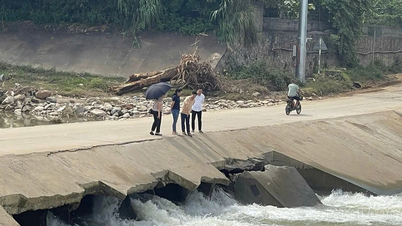





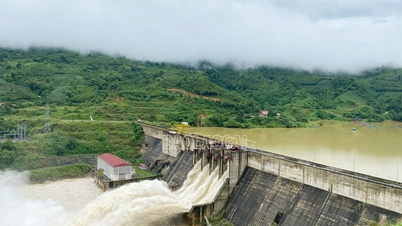







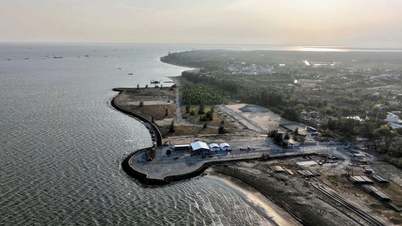































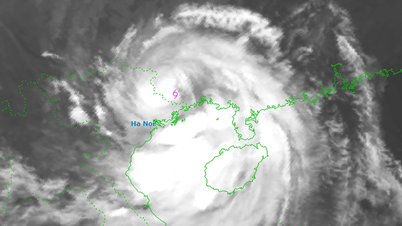

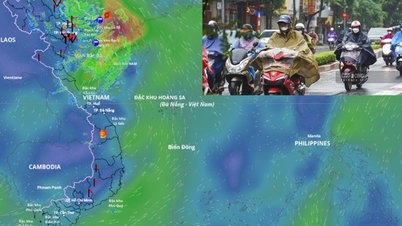
































Comment (0)